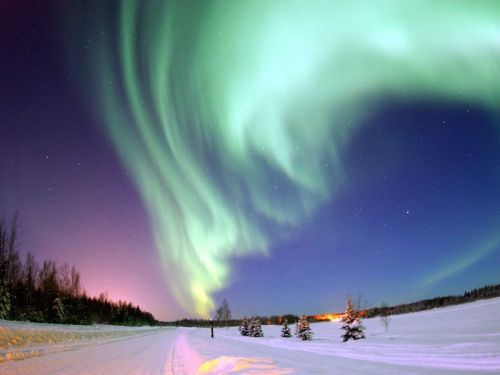 "He watched the sky, listening to the time-music of the quasars"
"He watched the sky, listening to the time-music of the quasars"J.G. Ballard
The long-lost twin of the radio station Radio Astronomy has been found.
Space Weather links to the Air Force Space Surveillance Radar, which transmits a 216.98 MHz signal into the heavens 24 hours a day, 7 days a week. Meteors, satellites and spacecraft passing overhead reflect those signals back down to Earth. The radar's primary antenna is located near Lake Kickapoo, Texas. A few hundred miles away in Roswell, New Mexico, radio engineer and long-time spaceweather.com associate Stan Nelson picks up the echos using a yagi antenna on his roof. When a meteor or satellite passes over the facility, there is an whistling echo.
Source: http://spaceweatherradio.com
Space Weather links to the Air Force Space Surveillance Radar, which transmits a 216.98 MHz signal into the heavens 24 hours a day, 7 days a week. Meteors, satellites and spacecraft passing overhead reflect those signals back down to Earth. The radar's primary antenna is located near Lake Kickapoo, Texas. A few hundred miles away in Roswell, New Mexico, radio engineer and long-time spaceweather.com associate Stan Nelson picks up the echos using a yagi antenna on his roof. When a meteor or satellite passes over the facility, there is an whistling echo.
Source: http://spaceweatherradio.com

No comments:
Post a Comment